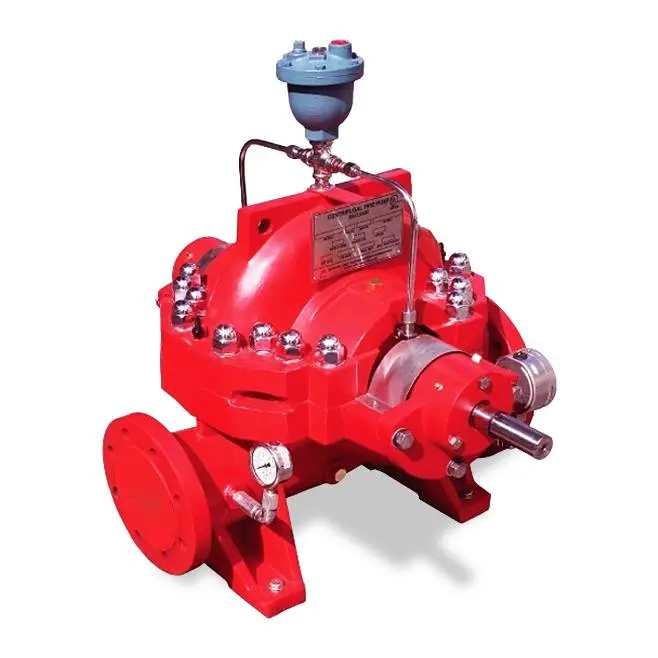Introduction to Fire Water Pumps
Fire water pumps play a critical role in fire suppression systems, providing a steady supply of water to control and extinguish fires. These pumps are designed to operate under extreme conditions, ensuring that water is consistently delivered at high pressure to firefighting equipment. Fire water pumps are found in residential, commercial, and industrial settings, serving as a vital line of defense against potential fire damage. Understanding the components, types, and maintenance needs of fire water pumps is essential to ensure they perform effectively when needed.
Types of Fire Water Pumps
Fire water pumps come in various types, each suited for different applications and environments. The most common types include centrifugal pumps, positive displacement pumps, and turbine pumps. Centrifugal pumps are widely used due to their high efficiency and ability to handle large volumes of water. Positive displacement pumps, on the other hand, are ideal for applications where a consistent water flow at low pressures is required. Turbine pumps are particularly useful in scenarios where water needs to be drawn from a deep source, such as a well. Each pump type has unique characteristics and advantages, making it important to select the right pump based on the fire protection requirements of the specific location.
Key Components and Operation
A fire water pump system is composed of various components that work together to deliver water efficiently. The main components include the pump itself, a driver (often an electric motor or diesel engine), and a controller that manages the system’s operations. Fire pumps are activated either automatically or manually, depending on the design of the fire protection system. When activated, the pump draws water from a dedicated source, such as a water tank or reservoir, and directs it through the piping system at high pressure. The flow and pressure are maintained to ensure water reaches all parts of a building or area at risk. The system may also include pressure relief valves, suction strainers, and discharge pipes to enhance its efficiency and reliability.
Maintenance and Testing for Reliability
Regular maintenance and testing of fire water pumps are crucial to ensure their reliability and performance. Fire pumps must be inspected frequently to verify that all components are functioning correctly. Monthly testing, including “churn tests,” allows facility managers to check if the pump is in good working condition without engaging in a full flow test. Additionally, an annual flow test ensures that the pump can provide adequate pressure and volume when necessary. Common maintenance practices include lubricating moving parts, checking the fuel level in diesel engines, and inspecting electrical connections. By following a rigorous maintenance schedule, facility managers can reduce the risk of pump failure during an emergency, enhancing the overall fire safety of the premises.
Conclusion
Fire water pumps are indispensable in fire protection systems, providing reliable water pressure to control and extinguish fires. With different types available, each suited to specific applications, fire water pumps play a versatile role in safeguarding buildings and industrial sites. Their proper installation, regular maintenance, and consistent testing are essential to ensure that they function effectively when called upon. As fire risks continue to grow in urban and industrial areas, investing in quality fire water pumps and keeping them in peak condition remains a top priority for safety professionals and property owners alike.china fire water pump

